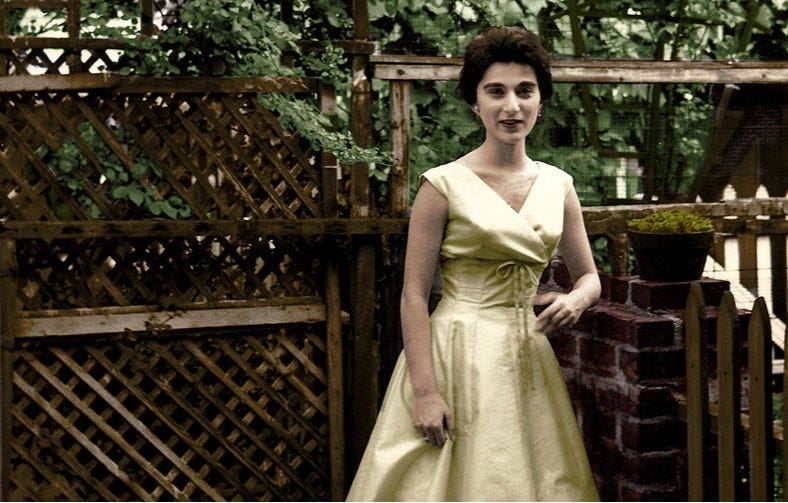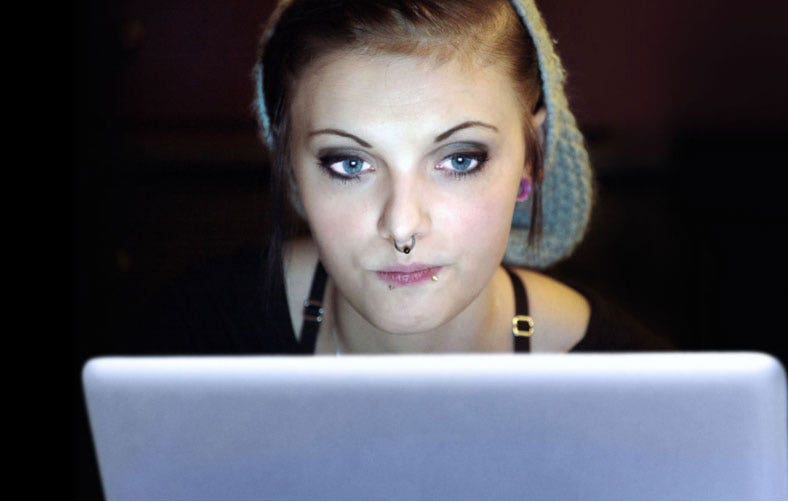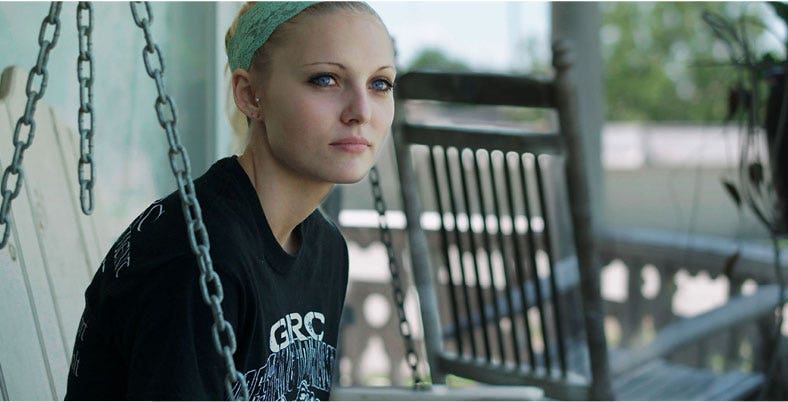Don’t get me wrong, Making a Murderer had me obsessing, but when you stay up late Googling and discover all the other evidence that didn’t fit the filmmaker’s remit, it leaves a bitter taste in your mouth.
I love pretty much any true crime documentary, but I’m beginning to realise that if you think you know exactly what happened in a decades-old cold case within the first half hour, chances are you’re watching something dubiously edited and heavily skewed.
Here are three crime documentaries that do stand up to scrutiny.

The Witness
In 1964, bar manager Kitty Genovese was stabbed to death a few metres from her apartment in Queens, New York, as she screamed and called for help. At the time, the New York Times reported that 38 neighbours watched her attack and did nothing, and the case became famous as an emblem of ‘bystander apathy’, a sign that New Yorkers were uncaring, or that moral courage evaporates in crowds.
The idea that everyone stood by and did nothing affected the life choices of the Genovese family, of the killer’s family, and generated a new field of academic study. It’s the reason America now has a 911 service.
But as this fascinating documentary, made by Genovese’s younger brother shows, almost nothing we know about this case was correct. As Bill Genovese goes about tracking down those 38 apparent witnesses, a different story emerges, building to an ending so powerful it gave me chills. Watch this to see for yourself the difference it makes to the span and integrity of storytelling when the victim’s family are involved.

The 13th
Ava DuVernay’s documentary elegantly draws a line from slavery to America’s breathtaking current levels of incarceration: 25% of the world’s prison population is locked up in America, where one in three black men will be imprisoned.
From the 1970s, when it became popular for politicians to be ‘tough on crime’, to Bill Clinton’s 1994 crime bill, which introduced ‘three strikes’ mandatory life sentencing, The 13th examines the economic and political levers that continue to perpetuate the problem.
There are jaw-dropping statistics and admissions. Nixon advisor John Erlichman: “We knew we couldn't make it illegal to be either against the war or black... but by getting the public to associate the hippies with marijuana and blacks with heroin, and then criminalizing both heavily, we could disrupt those communities... We could arrest their leaders, raid their homes, break up their meetings, and vilify them night after night on the evening news. Did we know we were lying about the drugs? Of course we did.”
The documentary also covers the relationship between media coverage of handcuffed African Americans and self-image problems in communities of colour, and bears urgent comparison with New Zealand society, where more than 50% of the prison population are Māori, and where an additional $1 billion is about to be spent on growing our prison population.

Audrie & Daisy
The reality of sexual assault for many women is a far cry from the image of the stranger with a knife in a dark alleyway. Most are raped by someone they know, possibly someone they trusted, and teenagers are especially vulnerable. Last year, one New Zealand expert suggested that every New Zealand high school is probably dealing with sexual violence, whether they know it or not.
This is the kind of ugly reality explored in Audrie & Daisy, which examines three rapes in America and the insane victim-blaming, cyberbullying and good old-fashioned community ostracisation that went on afterwards. What’s crazy is that two of the teenage rapists also talk about how the assault they were involved in has affected their lives - in settling out of court, one of the families stipulated that they be forced to participate in this documentary.
If you have teenagers, consider watching this with them. It will be one of the most harrowing nights of your lives, but what a vital conversation to have.

